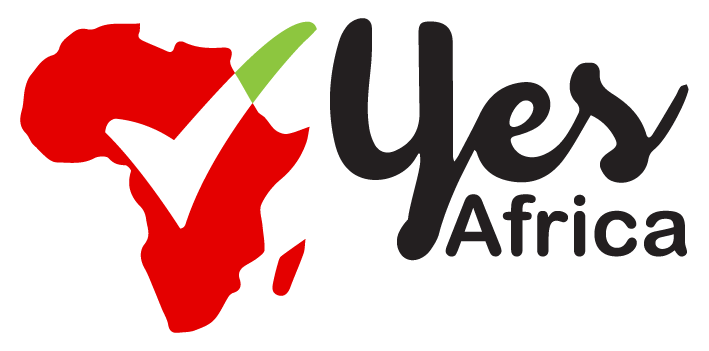The World Bank revised its economic growth forecast for Kenya this year to 4.7%, down from the previous estimate of 5.0%. This adjustment was attributed to the effects of flooding, anti-government demonstrations, and ineffective fiscal consolidation measures.
Despite these challenges, the East African country has succeeded in stabilizing its foreign exchange rate, increasing the hard currency reserves of the central bank, and reducing inflation this year. However, the World Bank’s latest report indicates that Kenya continues to confront a significant risk of debt distress.
The bank indicated that while the growth projection for this year is reduced compared to last year’s rate of 5.6%, it remains above the sub-Saharan Africa average of 3.0%.
Furthermore, it stated that Kenya’s growth is expected to rise to 5.1% in the medium term, contingent upon the government’s effective management of fiscal challenges.
- Advertisement -
The report identified several challenges facing the economy, including the burdens of a substantial debt load, rising servicing costs, and declining government revenues, all of which contribute to social unrest and financial instability.
In June, violent protests compelled President William Ruto to retract proposed tax increases aimed at generating over $2 billion in additional revenue, negatively impacting investor confidence.
These protests followed significant flooding in April and May, which further exacerbated disruptions.
Additionally, the report highlighted a rise in non-performing loans within the banking sector, as borrowers find it increasingly difficult to meet their loan obligations due to elevated interest rates and a deceleration in economic activity.
The bank called on the government to address “structural imbalances” that impede Kenya’s pursuit of sustained and inclusive growth, which is essential for creating higher-quality employment opportunities for its citizens.










